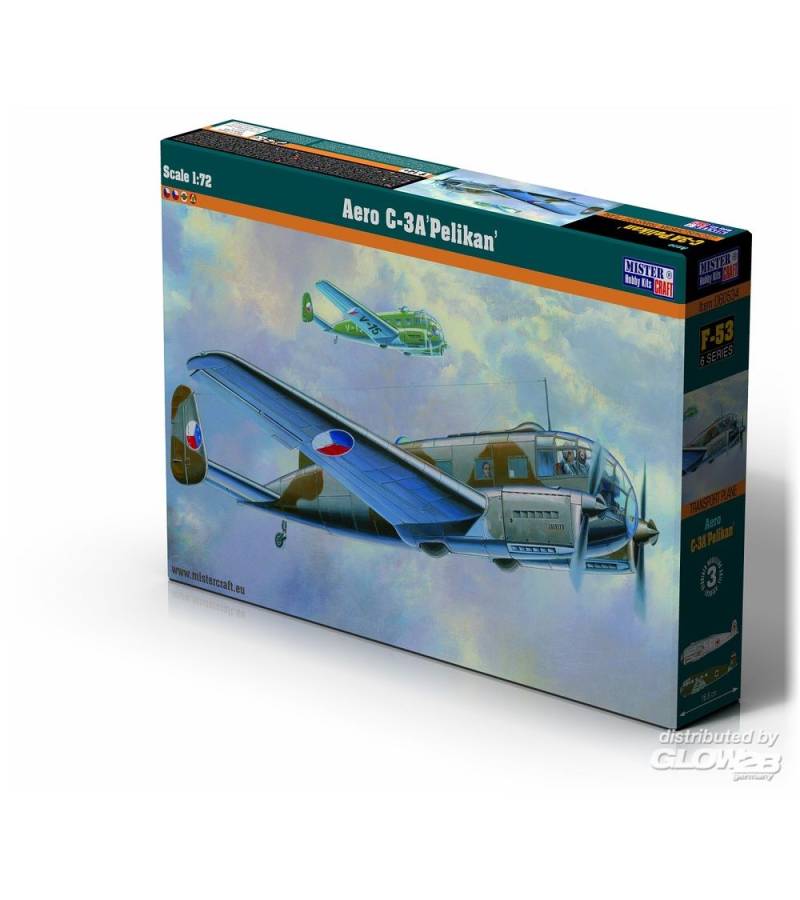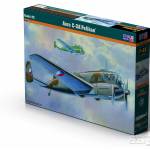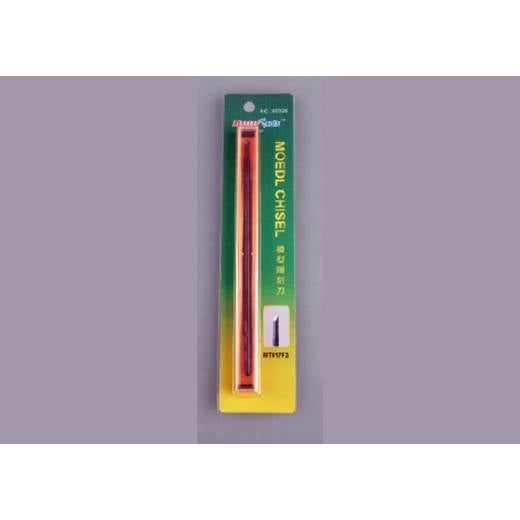In 1941. the German Siebel Si-204A service and medical aircraft was built. Its development was the version from 1943. designated Si-204D, used as a training aircraft. Its production was carried out at the AERO and CKD PRAGA plants in German-occupied Czechoslovakia. After liberation, production under the changed designation C-3 continued in 1945-49. At that time, 179 aircraft were built. AERO C-3 planes, popularly called Sibly, were also used to fight forest pests, crush ice on the Danube, and as experimental planes, e.g. M-21 star engines were tested on them. In the mid-1950s, they were used by the SVAZARM aero club to train pilots and parachutists. The plane was an all-metal low-wing low-wing with double vertical tail. Main landing gear retracted in flight to the engine nacelle. The aircraft was equipped with two M-411 12-cylinder engines (Argus As-411) with 580 HP, air-cooled. C-3A version; with dual controls, used in the post-war period to train pilots on multi-engine airplanes. The C-3B version was intended for the training of bomber crews, adapted to carry bombs or other loads in the bomb bay in the fuselage and on 2 bomb launchers. Bomb sight wz. 45 was installed in place of the right tiller. At first glance, this version differed from the C-3A thanks to the presence of a turret with a machine gun wz. 131, the same rifle was installed on the right side of the fuselage. It was possible to install more rifles of this type under the cockpit floor.






